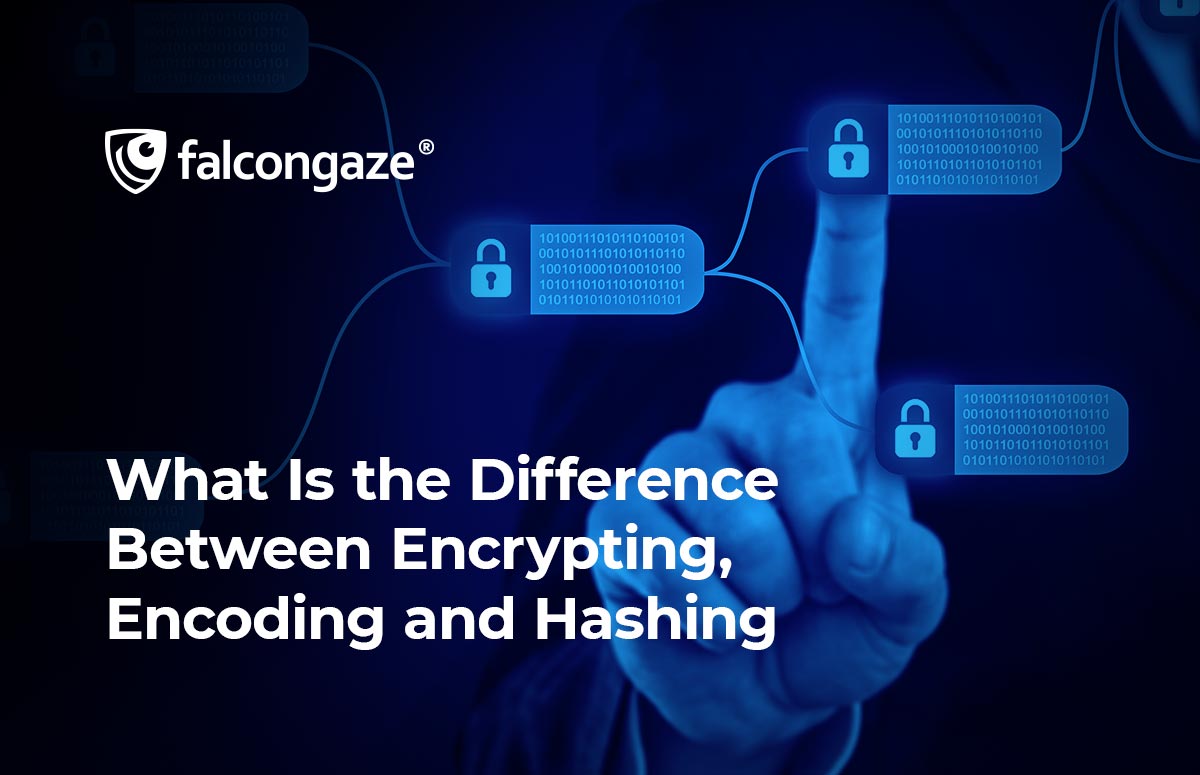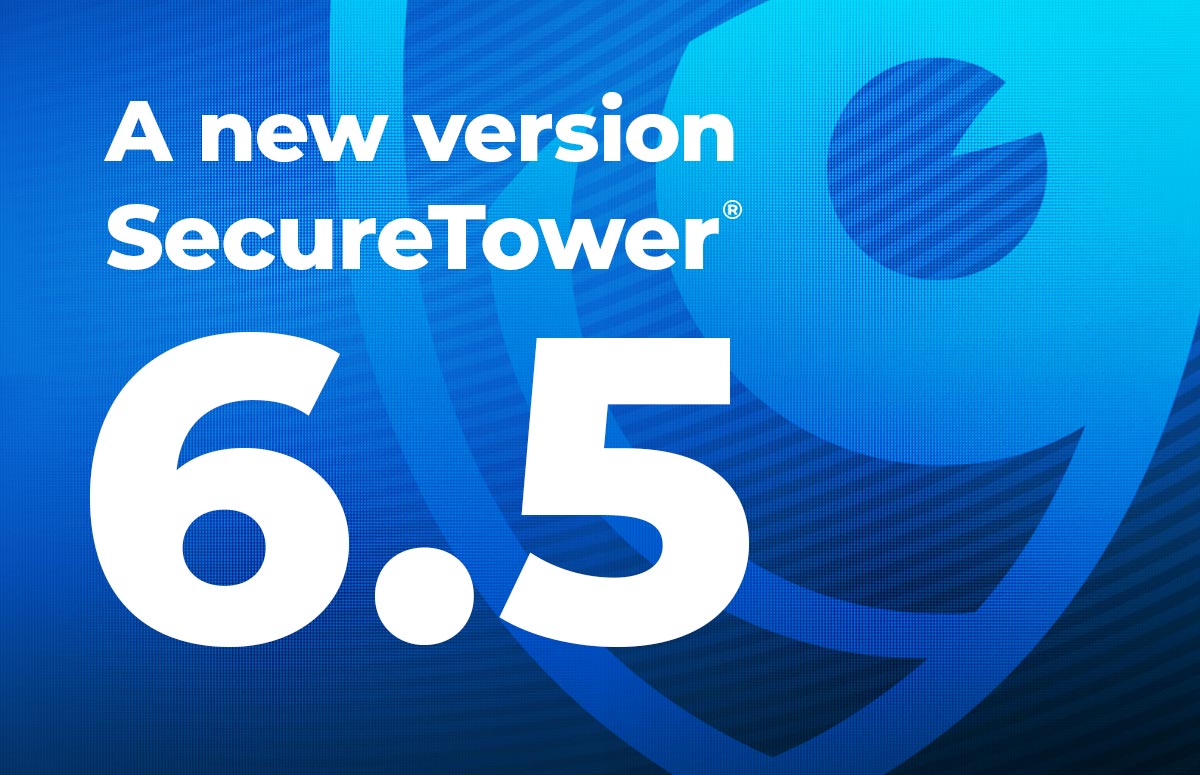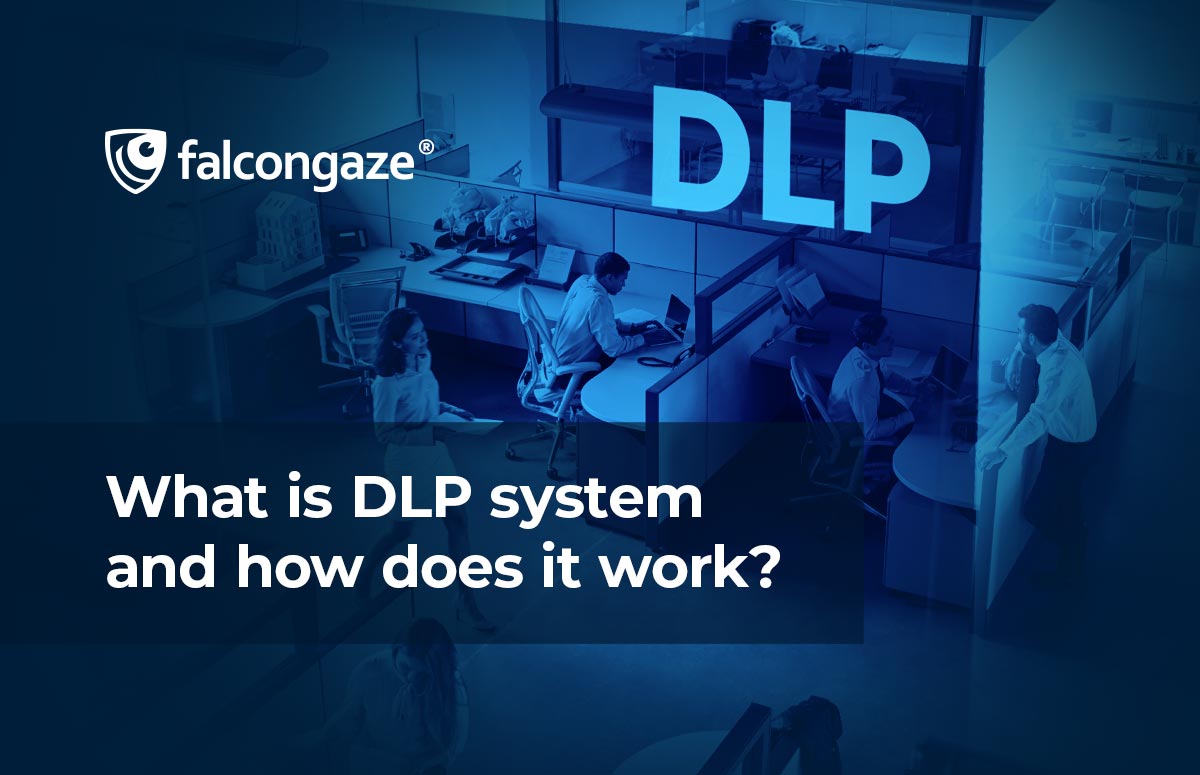

What Is the Difference Between Encrypting, Encoding and Hashing?
All three terms, encryption, encoding and hashing are to some extent synonymous, but still used in different ways. In this article, we will understand the differences in functions and use.
Encryption
Encryption is used mainly in relation to instant messengers and message encryption. Now the most common term is end-to-end encryption. In essence, encryption is a data encoding technique in which a message is encrypted in such an algorithm that only authorized users can access the information. Encryption is used when sensitive data needs to be sent, such as a username/password combination or other sensitive data.
In encrypting process, information can be encrypted using special algorithms - AES (Advanced Encryption Standard - a symmetric block cipher algorithm adopted as a standard by the US government, is one of the most popular encryption algorithms) and RSA (an abbreviation of Rivest, Shamir, Adleman, a public-key cryptographic encryption algorithm, the first algorithm suitable for both encryption and digital signature). The encrypted information is called "ciphertext", which can be translated back into the source - "plain text", and vice versa - plain text is encrypted into ciphertext. There are two types of encryption algorithms - symmetric and asymmetric. In symmetric, information is encrypted and decrypted using the same key, in asymmetric - using two keys, for example, one for encryption, the other for decryption.
Encoding
Encoding is used to transform information from one form to another, make it readable for the systems, convenient in storage and for automatic processing. Encoding is not used to protect data, and encoding algorithms are often not unique. Encoding is used if, for example, you need to reduce the size of an audio or video file, each audio and video format has a corresponding encoding and decoding program.
Encoding has several directions: data compression, transport coding (additional coding for compatibility with data transfer protocols), cryptography (transformation of information for confidential transmission), physical coding (transformation of signals into a data scale, for example, current amplitude), error detection and correction (data integrity control during playback). Examples of encoding programs include ASCII, BASE64, UNICODE, etc.
Hashing
In hashing, information is converted into a hash using hash functions. The hash function converts the input data array into a bit string of a given length, performed by a certain algorithm. Hashing is useful when you need to translate information of aa random size into information of a certain size.
Hash functions are used when creating unique identifiers for data sets, when saving passwords in security systems in the form of a hash code, when creating an electronic signature, when searching for duplicate data in large amounts of information, etc. The initial data in hashing is called a “key”, and the result of the conversion is a "hash code".
There are many hashing algorithms in accordance with the specifics of the problem being solved, for example, algorithms for bit depth, computational complexity, or cryptographic strength.
Encryption and hashing to protect sensitive information
As we have already explained, encoding is not used to protect data, but only to bring data arrays into a format and size that is readable by the system. Encryption and hashing, on the contrary, are responsible for the safety of information during transmission and storage.
If we are talking about the storage and transmission of information in the workplace, of course, we cannot but mention the large amount of data that passes through the devices of employees and the risks of leakage of confidential information. Employees who do not work in the information security department of the company and do not delve into the details of such a protection method as encryption or hashing, need a much more universal method of data protection. Comprehensive data protection can be provided by a reliable DLP system.
For example, Falcongaze's SecureTower DLP system can analyze data in a variety of ways, including the aforementioned hash functions. As well as:
Content analysis of files and documents by content:
- analysis of text files and sent text (the morphological features of the language are taken into account, the text with grammatical errors or written in transliteration is analyzed);
- image analysis (text recognition on images, seals, stamps);
- analysis of voice messages and calls, speech recognition Analysis by added templates / regular expressions (recognition of forwarded bank cards, passport photos, internal documents).
Statistical analysis quantitative accounting of performed actions;
Analysis of common connections between employees; identification of ways to disseminate information;
Digital fingerprint analysis;
Recognition of masked files;
Analysis of CAD files.
After analyzing the intercepted data, if there is a violation of the security rule, the system automatically notifies about the incident with all the information about it.
Conclusion: thus, all three terms, encryption, encoding and hashing are used to convert data from one form to another for the security of transmission or ease of recognition. However, it should be remembered that confidential data could be protected by encryption or hashing alone, for reliability, especially organization data, it is better to resort to additional protection measures in the form of a functional DLP system.







.png)





